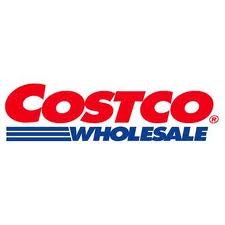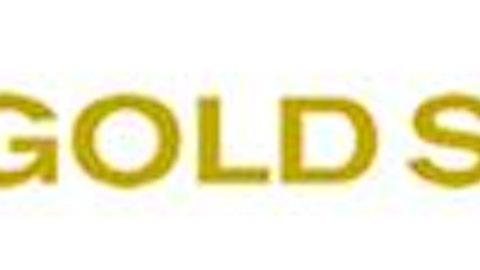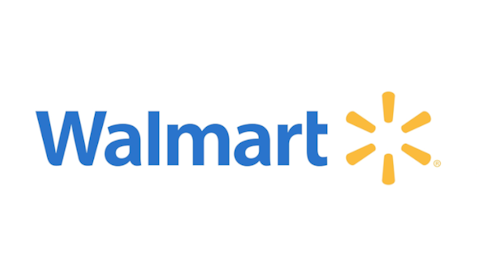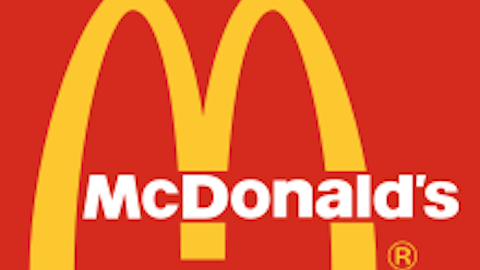The retail sector usually makes sense,or at least we can delude ourselves that we can make sense of it all. There are obvious macroeconomic trends filtering through into the results of the companies in the sector. From the dollar stores to the high end, through the specialty stores and the online based companies, there are discernible patterns we can use to gauge future performance. And then there is Costco Wholesale Corporation (NASDAQ:COST).
Costco executes
I last looked at Costco in an article linked here and highlighted how well the company was doing but also inquired as to where the value was in the stock price. The answer to my question was that it lies within its ongoing execution and ability to service its customers with the goods they want. As investors, we are more interested in its stock price potential rather than its company performance per se, but in this case I think the stock’s evaluation of 24x trailing earnings is at a level where the two things are correlated.
This chart helps to outline how well the company has been doing over the last year:

Clearly gross margins have been expanding over the last five quarters (note that the yearly comparisons are starting to get tougher too) while comparable sales growth remains good too. Overall revenue growth remains in the high single digits, and the company’s expansion program (particularly internationally) remains on track. Indeed, Costco Wholesale Corporation (NASDAQ:COST) expects to finish the year with 28 new openings as opposed to 16 last year. Of the nine more expected for 2013, three are planned for the U.S. and the other six are international.
What is Costco doing right?
And, more pertinently, can it continue to do these things right? I have a five main points to discuss from its recent Q3 results.
Firstly, Costco’s traffic remains strong and it reported year to date frequency up 4-5%. Costco Wholesale Corporation (NASDAQ:COST) cited the draw of its gas sales (30% of people buying gas go on to shop at Costco), fresh food (which has seen increased demand as the slow economy has reduced the demand for eating out), and the ‘wow’ factor of many of its items.
Second, I think the psychological effect of inducing people to shop at Costco after they have paid a membership fee is a sound one based on many of the principles inherent in work on behavioral studies. I think a membership fee is looked at as a sunk cost, but since people will ‘pay’ more to avoid a ‘loss’ they will shop at Costco in order to do this. Of course if that cost increases (and Costco has hiked membership fees in recent years) than the feeling of ‘loss’ will increase and customers may be induced to shop more at Costco Wholesale Corporation (NASDAQ:COST).
Third, membership fee increases have not encouraged churn. In fact business renewal rates started and finished the quarter at an impressive 93.9%. New membership signups increased 19% with particular strength in Asia. Membership fee income increased 12% to $531 million.
Fourth, Costco continues to generate growth where others can’t. In particular I was struck by the strength within hard lines where it recorded strong growth in lawn and garden and consumer electronics.
And lastly, Costco continues to reduce its stock keeping units (SKUs) in order to optimize inventory turns and profitability.
Costco Wholesale Corporation (NASDAQ:COST) is, of course, not alone in many of these activities but it compares very well across the sector because it does all of them well. For example Lowe’s Companies, Inc. (NYSE:LOW) has an ongoing plan to reset its product lineups in order to reduce SKUs and ‘normalize inventory.’ While this may appear routine stuff, Costco has been doing it well for years while Lowe’s has had to adjust because it wasn’t doing it well. With that said, Lowe’s actually has some upside potential from successful execution of this plan.
Moreover, Lowe’s (and The Home Depot, Inc. (NYSE:HD) for that matter) both reported that outdoor and garden items were a bit soft in the last quarter thanks to the late spring. In comparison Costco cited these categories as being strong.
Whither Wal-Mart Stores, Inc. (NYSE:WMT)?
Costco isn’t alone in its membership fee model as BJ Wholesale and Wal-Mart Stores, Inc. (NYSE:WMT)’s Sam’s Club also take membership. Wal-Mart is following Costco by increasing its membership fee but its execution is nowhere near Costco. For example its comparable sales growth (ex fuel) was only up .2% in the last quarter with traffic up 1.3% compared to Costco’s 4.5%. In addition its ticket value was down 1.1% while Costco’s was flat.
So while the economic environment is difficult and Wal-Mart on the whole has been a bit disappointing (a net sales increase of only 1.8% in the last quarter), Costco Wholesale Corporation (NASDAQ:COST) has outperformed, particularly against Sam’s Club.
The bottom line
In conclusion, while something like Wal-Mart is largely a play on the economic environment, Costco has demonstrated that its superior performance can justify an evaluation premium over Wal-Mart. The problem is that it will be pressured to continue this execution in order to be rewarded by the market. Any slip-up and/or step-up in competition from Target Corporation (NYSE:TGT) or Wal-Mart and its current PE of 24x will start to get hard to justify.
Costco’s low prices haven’t just benefited customers — shareholders have walloped the market, returning 11,000% over the past two decades.
The article Why This Retailer Is Outperforming originally appeared on Fool.com and is written by Lee Samaha.
Lee Samaha has no position in any stocks mentioned. The Motley Fool recommends Costco Wholesale and Lowe’s. The Motley Fool owns shares of Costco Wholesale. Lee is a member of The Motley Fool Blog Network — entries represent the personal opinion of the blogger and are not formally edited.
Copyright © 1995 – 2013 The Motley Fool, LLC. All rights reserved. The Motley Fool has a disclosure policy.





